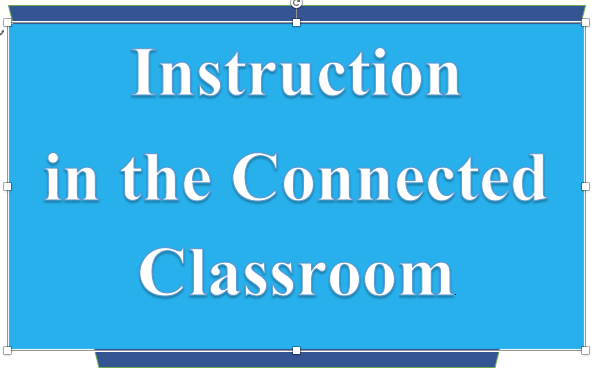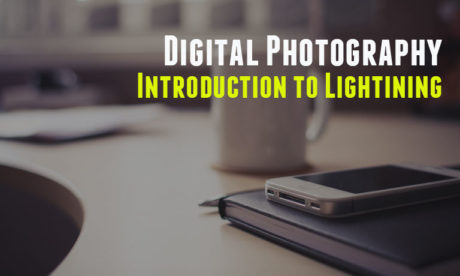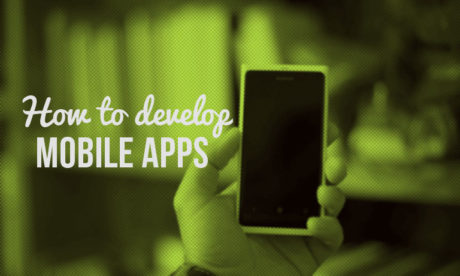
Teachers are at the center of students’ educational experiences, and it is the responsibility of teachers, parents, and schools to provide learners with the technical skills they need to succeed in the connected world. Educational technology has evolved into a tool that can foster deeper learning, and can be an inspiration for many students who have been disengaged in traditional learning environments. Teachers are now able to leverage technology to create learning environments that develop 21st-century skills, teach digital literacy, and ensure students become good digital citizens.
There are several ways that teachers can take full advantage of technology in their classrooms to create engaging and stimulating environments for their students.
Encourage Connected Learning
Students have become digital natives and are not afraid to use technology resources to complete tasks, communicate with others, and research information. Teachers can encourage connected learning in their classrooms by leveraging the digital skills that students already possess to assist their classmates. For example, a student might be excellent at creating graphic posters or editing graphic images. This student can help create class posters or flyers that can be posted throughout the school or classroom. By encouraging students to utilize their digital skills to drive learning creates an environment where students are constantly engaged.
Share Online
Online file sharing is a great way to incorporate technology into the classroom to foster collaboration between students. Students can use online file sharing to share project documents and notes, exchange ideas, or peer review essays. Teachers can use online sharing to send a video for students to watch and even communicate with parents regarding student progress. Also, the ability to share and collaborate with online documents has increased classroom communication, student engagement, and teaches students how to effectively work together in an online setting.
Instructional Strategies
Twitter in the Classroom
Twitter is a great classroom resource as it creates a platform for students and teachers to communicate. Hashtags can be used to create particular topics of interest, and the conversations and ideas can be tracked under the hashtag. Twitter also serves as an excellent backchannel during lectures or discussions. Students can post questions, thoughts or ideas get insights from their peers or the teacher. The teacher and peers can respond real-time during the lecture. Twitter also helps to engage students who are reluctant to participate since some students are more comfortable reaching out using technology rather than raising their hand in front of the entire group.
Video Chats and Video Conferences
Online chats and conferences are an excellent resource for teachers as they can pull people together and get everyone aligned. For example, if the student needs to be absent from school for a prolonged period of time teachers can arrange video conferences between the student, parent, and teacher to make sure they don’t fall too far behind due to their absence. Teachers can also conduct virtual parent/teacher conferences as well. This works great for parents with tight schedules, or can’t physically be there for a face-to-face meeting. It also allows the parents to continue to participate in their child’s education.
Class Blogs and Wikis
Teachers can encourage students to respond to class lessons or current events on the class blog. An online blog or wiki enables students to develop their writing skills while also being able to digitally share their thoughts and ideas with each other, and even the outside world. This also creates an avenue for parents to feel more connected to the class as they are able to monitor student progress and class events via the class blog.
Podcasts in the Classroom
Podcasts are a great way for students to engage with technology and take advantage of educational opportunities. Podcasts are great because they provide a reference that students can go back and listen to again to pick up additional information. There are many ways that students can use podcasts in the classroom to share information. For example, students can form groups and research a certain topic then create a podcast to share that information with their peers. Students can also use podcasts to interview other students, staff, or faculty for insights or guidance about certain topics like preparing for college.
Technology has changed the way teachers deliver content and instruction in the classroom. Educational technology tools have the power to create more meaningful learning experiences, engage students, and keep parents informed.















0 responses on "Teaching with Technology: Instruction in the Connected Classroom"